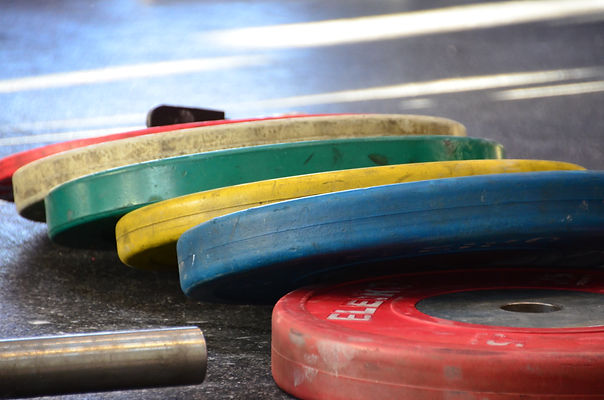Progressing Core Training For Baseball Performance
- Dave McDowell
- Jan 17, 2016
- 4 min read
Baseball / Softball are unique in their physical demands. These sports require high levels of power in a variety of planes. Most notably is the ability to generate rotational power during the act of throwing, or hitting. At the centre of all of this is the trunk or core as it is commonly referred. The baseball athlete needs a tremendous amount of strength and stiffness throughout their trunk in order to generate and tolerate the extreme force necessary to be successful. As such these sports can require a special emphasis put on their core training. For the purpose of this article, I will lump both of these sports together under the name baseball. Assume when I am talking about baseball for the duration of this article that I could just as easily be talking about softball.

The unique rotational nature of these sports can wreak havoc on the body. The nature of these sports is that most players will always throw and hit from the same side. This can create imbalances in the torso of baseball athletes. It is not uncommon for athletes to throw hundreds maybe thousands of times a week, and probably take hundreds of swings as well. This all adds up to a large amount of work on the dominant side. As you can see the trunk of a baseball athlete takes a beating. With this in mind I would like to illuminate some strategies that the baseball athlete can use to train and maintain this key area.
Progressive Core Training
If you have read some of my other articles you may now have realized that I am a big fan of periodization. To make it easier, periodization basically means the logical planning of the training process. I can never seem to write anything without coming back to this fundamental concept, as it should underpin everything that we do as coaches.
The trunk training of a baseball player should be periodized. At the very least, this training needs to be taught in a systematic fashion. Before we progress to adding speed, load, or movement to the core training, we must first teach the ability to control the trunk in static postures. I personally use a 4 step progression to my trunk training progressions.
Step 1 – trunk stable in a non-movement situation; ie: Plank, side plank, etc.
Step 2 – Add limb movement to stable position; ie: Stir the pot, birddogs, leg raises, Farmers walk, etc.
Step 3 – Add rotational movements to stable position; ie: Chops, lifts, Moving planks, etc.
Step 4 – Add sport specific movements and velocities; ie: Medicine balls, kettlebells, etc.
Following this 4 step trunk training approach ensures that when progressing to the next step the athlete possesses all the pre-requisite ability to get the maximal benefit from it. Depending on the assessment, athletes may have the ability to jump in at later steps if they are already masters of the previous step. This process may be planned out over an off-season, a year, or any other duration. The key point here is developing the trunk logically and sequentially.
Balancing Training of Dominant Side
The nature of baseball is that the sport is dominated by one side of the body. Athletes often throw and hit from the same side creating great rotational forces in one direction. Understanding that imbalances can be a part of high level performance is important, however allowing these imbalances to go too far can create pathology.
The #1 goal of training is to keep the athletes healthy so that they can perform their sport optimally. With this in mind using your trunk training to even out some of the unbalanced rotational work that they are already doing through their sport is important. One strategy I have found particularly effective for this is to perform their non-dominant side first for any rotational core training exercises. In some cases during certain periods of the season when the volume is extra high we may even drop sets off the dominant side.
This helps our athletes to lower their total volume of work while still maintaining a strong trunk training program and improving performance. Athletes that become too unbalanced can increase their risk of developing different conditions and the training program should do everything it can to minimize this risk.
Utilizing Sport Specific Movements and Velocities
As previously mentioned, the trunk training program should aim to progress to a point where it can use sport specific velocity and movement planes. It’s important to note here that we do not want to train the specific movement in the sport, as this may alter the mechanics and actually make it worse. That means that weighted balls, weighted bats, swinging with cables, etc. are likely a bad idea.
There are implements however that will allow us to train this type of movement with load and velocity. Medicine balls may be one of the older tools but they are highly effective for rotational power training. Utilizing Med-Balls gives the athlete a load which they can forcefully move in a rotational movement to create overload. These implements can be used to teach proper loading order of muscles and joints to create maximal torque. This skill can be applied when throwing and hitting, leading to an increase in performance.
Athletes should not be throwing the MBs like baseballs but using them to train the rotational pattern needed to perform better.
Recommendations:
1) Progress Trunk Training Sequentially 2) Understand Times of Year when Rotational Volume May Be High 3) Utilize Sport Specific Speeds and Planes When Ready.








Comments